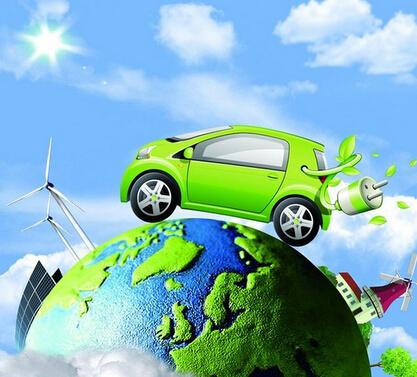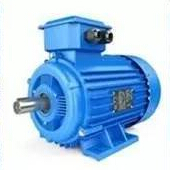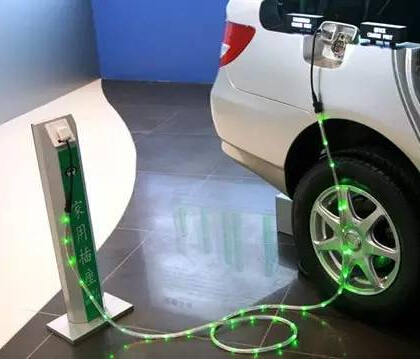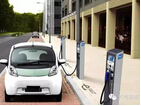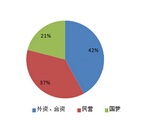The new energy vehicle subsidy policy is gradually coming to an end. According to the New Deal plan released in June 2019, the new energy subsidy will be completely cancelled during 2020.
Relevant documents from the Ministry of Industry and Information Technology show that during 2015-2018, national and local subsidies for new energy vehicles reached 31.03 billion yuan. In these years, China has also won the title of world's largest new energy vehicle production and sales for 4 consecutive years. Looking back at the rapid development of new energy vehicles in China, the positive incentives of subsidy policies and the cancellation of subsidies will trigger a series of chain reactions. Looking forward to the future of new energy vehicles, the benefits of the policy segment are still there, but the transition from explicit subsidies to a more subordinate “help”.
Subsidies disappear, short-term or sluggish, but long-term positive.

According to data released by the Federation of Passenger Unions not long ago, the wholesale sales of new energy passenger cars in November this year was 79,000 units, a year-on-year decrease of 41.7%; of which, in November, 66 thousand pure electric passenger cars were sold, a year-on-year increase. The decrease was 36%, and the total sales volume of hybrid models was 111,000 units, a year-on-year decrease of 62%. This is the fifth consecutive month of decline in sales of new energy vehicles.
Judging from the performance of new energy vehicles in 2019, the phenomenon of "strong dependence" on subsidies is obvious. As soon as the news that “subsidies may recede” at the beginning of 2019, new energy vehicle sales in March increased by 120.9%. In July, national and local subsidies "slumped" were suspected to be around 50%, and sales volume plummeted by 50%, which was lower than the same period in 2018. Since then, sales of new energy have fallen year-on-year in a row, and from October to November, they have even fallen below the same level in 2017.
As the year approaches, due to the impact of the general environment, at least 30 new car-making forces of more than 100 new car-making companies have closed down. Those who "survive" are also uncomfortable. Taking Weilai Automobile as an example, its financial report shows that from 2016 to 2018, it lost 2.57 billion yuan, 5.02 billion yuan, and 9.64 billion yuan in three years, with cumulative losses. The amount has reached 17.233 billion yuan, and the gross profit margin has continued to be negative.
For the new energy vehicle market, subsidies were an important means to promote the development of the entire market. Large-scale subsidies are mixed with policies such as unlimited lines and unlimited licenses to gradually “open up” the entire market, prompting users to actively purchase new energy vehicles. But after removing this huge "dividend", the new energy vehicles were obviously impacted.
Mixed 2020 auto policy
From the perspective of the subsidy policy in 2019, only electric vehicles with a range of more than 250 kilometers can receive subsidies. All subsidies for electric vehicles with a range of less than 250 kilometers are cancelled. In addition, the subsidies are also divided into grades. The subsidy for more than 400 kilometers was reduced to 25,000 from the previous 50,000, and the land subsidy was also cancelled.
It means that as early as 2019, not only the threshold of subsidies for new energy vehicles began to be raised, the amount of subsidies also began to decline. The national subsidy standard has been reduced by 50%, while local subsidies have been completely cancelled, and the overall subsidy decline may be around 60%. In addition, the standards for new energy vehicle subsidies for vehicle models and technologies are also improving in 2019. It can be said with certainty that the complete cancellation of subsidies in 2020 or 2021 is an undisputed fact.
















 RCCN WeChat QrCode
RCCN WeChat QrCode Mobile WebSite
Mobile WebSite